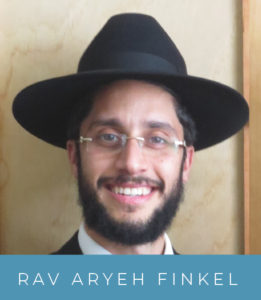Adapted from the writings of Dayan Yitzhak Grossman April 18, 2024 AP News reports: A…

Q&A from the Bais HaVaad Halacha Hotline
Tree Line
April 13, 2023
Q When may one recite birkas ha’ilanos on a flowering fruit tree?

A The Gemara (Brachos 34b) says, “One who goes out in the days of Nisan and sees flowering trees recites [birkas ha’ilanos].” Some poskim say the “days of Nisan” means the month of Nisan, and the bracha may only be made then (see Halachos Ketanos 2:28 and Eishel Avraham 226). The Chasam Sofer (glosses on O.C. 226) says it doesn’t mean the calendrical Nisan but tekufas Nisan, the onset of spring. Depending on the year, the bracha may be recited well into Iyar.
But most poskim say Nisan is mentioned only as a typical example, and the bracha may be recited any time flowering trees are seen; the Mishnah Brurah (226:1) rules this way.
According to mekubalim, the bracha is associated with the month of Nisan and should only be recited then (Birkei Yosef 226). Many make an effort to follow this.
The bracha may only be made once per season, preferably on the first sighting of an eligible tree (O.C. ibid.). If the bracha was not recited when the tree was seen, some poskim say it may no longer be recited (Machatzis Hashekel 226). But the Mishnah Brurah (ibid. 5) allows the bracha to be made later, as long as flowers are still present.
If one didn’t see a tree when it flowered but only when it started to bear fruit, the Mishnah Brurah (ibid. 4) rules that the bracha may still be made as long as the fruits are not completely ripe.
One who sees a flowering tree while driving past should make the bracha right away, toch kedei dibur (within 2-3 seconds). When this time elapses, the chance is lost (Piskei Teshuvos ibid. 3).
Birkas ha’ilanos may be recited on Shabbos, but some sfarim recommend not doing so for kabalah-based reasons. If by passing on the opportunity one risks missing out on the bracha entirely, he should make it on Shabbos (Piskei Teshuvos ibid.).





